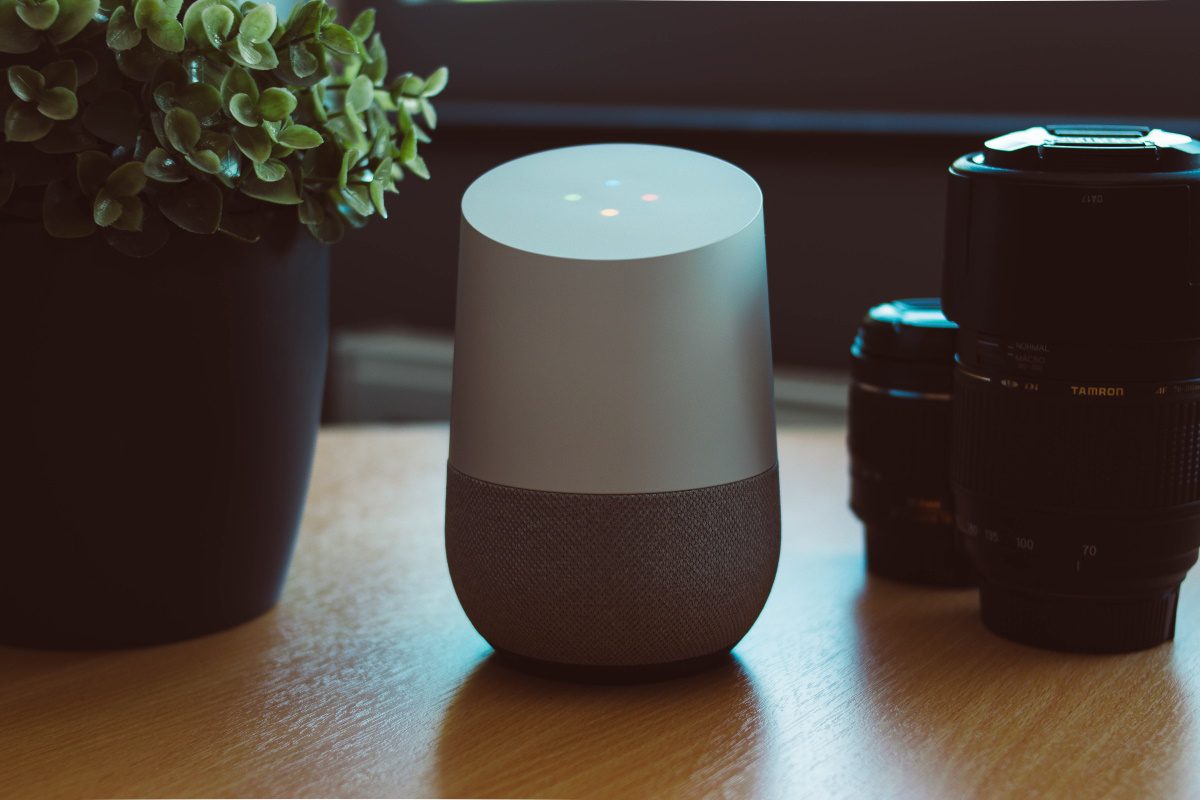Smart home and mobile devices connected to the Internet can pose certain security and privacy risks. Consumers are rarely aware of these risks when installing their latest smart home device.
A website, YourThings Scorecard was developed and launched by researchers from the Georgia Institute of Technology and the University of North Carolina at Chapel Hill ranks different smart home devices with grades A to F on four security categories: device, mobile, cloud, and network. The site shows rankings for 45 devices and hopes to add more soon.
Improperly installed voice-activated personal assistant devices like Amazon’s Echo and Google Home can provide hackers with a free pass to obtaining your personal information. Yourthings.info aims to help consumers understand and test the security risks of the devices they bring into their home.
Popular devices including the Amazon Echo and Amazon Fire TV scored an F in the mobile category, which according to the ranking criteria refers to sensitive data risks. Meanwhile, Apple HomePod and the 4th generation Apple TV both scored a 100% A grade in the mobile category, but received an F and a D in the cloud grade. Google Home, Google Home Mini, and the Google OnHub router all scored a D for mobile.
The low grades in crucial security categories of best-selling devices even alarmed researchers. Manos Antonakakis, a cybersecurity researcher and associate professor in Georgia Tech’s School of Electrical and Computer Engineering said of the research and launch of the site, “We hope to inspire both technical and policy next steps. There is a need for establishing policy and standards. We want to raise the security level of all these devices. There is a lot more that could be done.”
The US Department of Commerce, the National Science Foundation, and the Air Force Research Laboratory/Defense Advanced Research Projects Agency supported the research.

